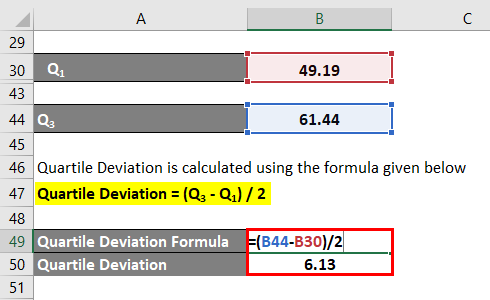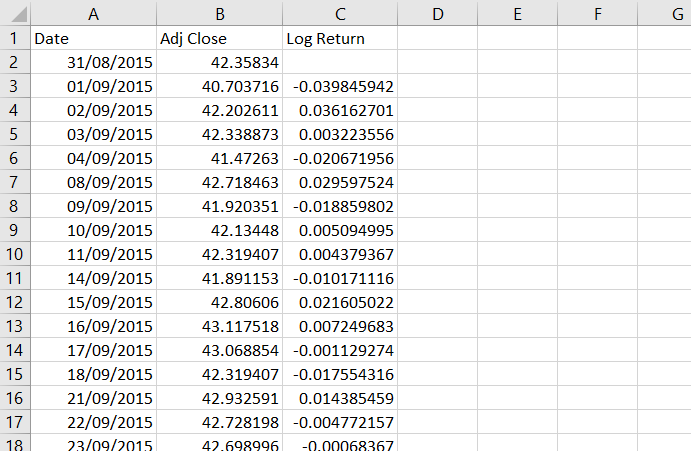

Arguments can either be numbers or names, arrays, or references that contain numbers.However, in Excel 2003, the function can only accept up to 30 number arguments. MS Excel 2007 or later versions allow us to enter up to 255 number arguments to the function. The arguments should be between 1 and 255 numeric values, arrays of values, or references to cells containing numbers.The given arguments must provide at least two numeric values to the function.Value2 (optional argument) – This is a number argument that corresponds to the population.Value1 (required argument) – This is the first number argument corresponding to a population.The STDEVPA function uses the following arguments: Portfolio managers often use standard deviation to measure and keep track of their portfolio’s risk level. The function will ignore logical values and text.Īs a financial analyst, the STDEVPA function can be used, for example, to calculate deviations in revenue. It will calculate the standard deviation that is based on the entire population given as arguments. The STDEVPA Function is categorized under Excel Statistical functions. When you calculate the standard deviation this way, you won’t need to trim the number, as it will automatically be trimmed to two decimals.Updated FebruWhat is the STDEVPA Function? Going back to the Method 1 example where we were calculating the standard deviation for cells C2 to C11, you should write C2:C11.


Click on the cell where the deviation result will appear.Let’s see how to get the deviations without typing the formulas. It is great when you’re in a crunch but don’t want to mess with the formulas. The next method is almost as fast as the first one and doesn’t require in-depth Excel knowledge. Click the arrow next to General to open the dropdown menu.If you want to round the result to two decimals, select the results and click on the Home tab.In this example, you want to calculate STDEV.P for cells C2 to C11 and STDEV.S for cells C4 to C7. The values in the brackets denote the range of cells for which you want to calculate the standard deviation value. Click on the cell where you’d like the standard deviation value to be displayed.


 0 kommentar(er)
0 kommentar(er)
